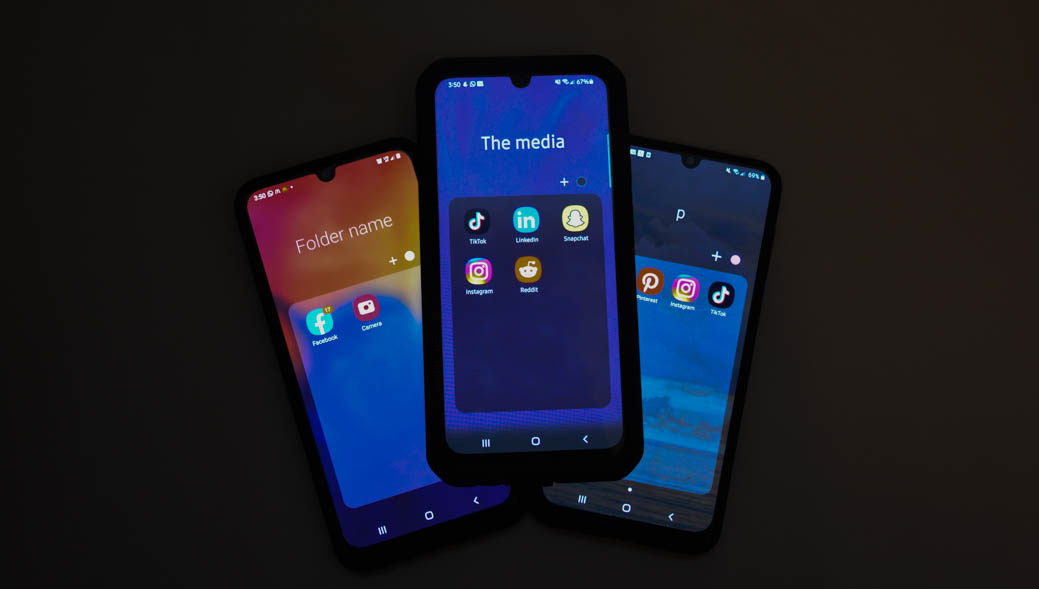Editorial: A taxonomy of Gen Z mannerisms
A ponderance on the consciousness of social media
Social media is a major influencer on the English language. Not only does social media create its own stars, but it also spawns its own language. Since TikTok’s rise to fame, many articles have noted a shift in Gen Z’s mannerisms. A Vox article notes that teens are creating a visual language of their own that mimics actions they see in trending videos, from dramatically slapping a hand over their mouth to tucking hair behind their ear and pursing their lips.
Aside from gestures, there has been an uptick in verbal and behavioural changes. If you’ve heard anyone say, “It is what it is” or “You’re done, you’re done,” you might be experiencing the aftermath of this effect. The content and language of TikTok are so contagious that immersing yourself for a long period of time can induce this effect. What makes these TikTok audios so popular, after all, is their catchiness.
A quick search online will also produce articles on how some teens reportedly developed tic-like symptoms after watching TikTokers with Tourette Syndrome. German psychologists dubbed this phenomenon, “Mass Social Media-induced Illness”.
Although the psychological effects are both frightening and fascinating, what is particularly interesting is how social media, specifically TikTok, is homogenizing a whole generation. When the separation of TikTok linguistics and real-world linguistics blurs, we find ourselves in a sea of sameness.
The more videos the mass consumes, the more it affects their speech, behaviour, and psyche. Possibly what is most concerning is the implications on a large issue: media does not solely influence how we speak and behave, but it can also affect the causes we stand for.
When users model online behaviour, language, and beliefs without dispute, certain ideologies can make it to the mainstream. Blindly following trends makes users more susceptible to falling for misinformation or disinformation. For example, reposting posts on Instagram without verifying information or fact-checking.
Our generation, while intelligent, passionate, and resilient, are just as susceptible as boomers when falling prey to misinformation. By approaching media, even fun, entertainment-driven videos, with caution and a bit of critical thinking, we can do our part to encourage diversity in thought and expression.

